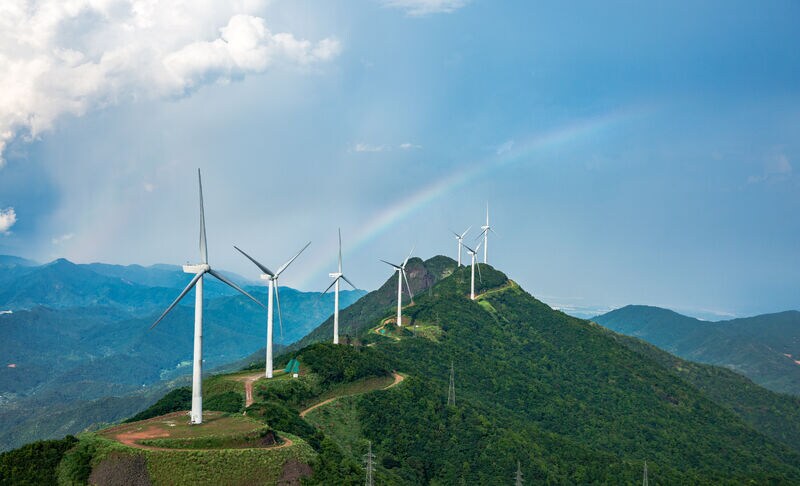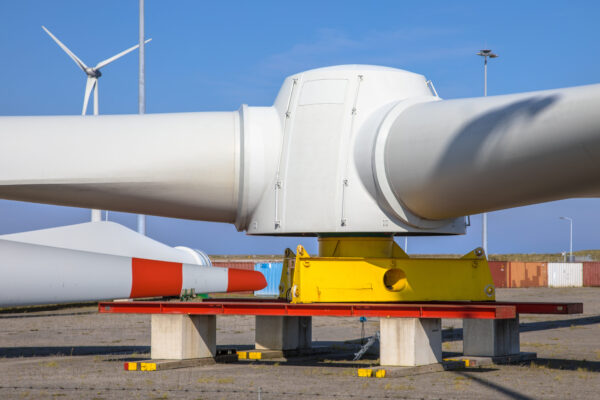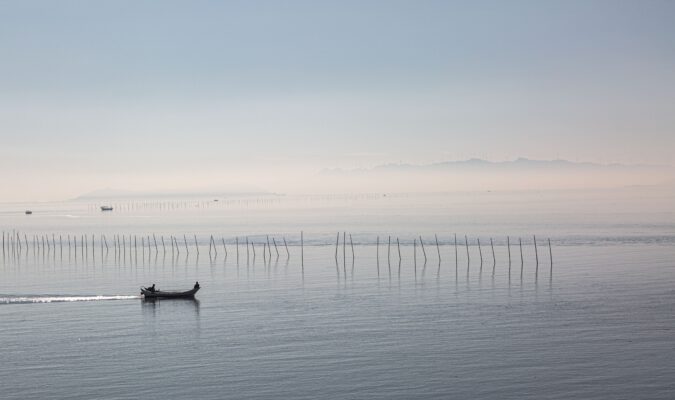The wind of change has been particularly favorable for China’s Goldwind, which now commands the domestic market and is a close second in the global market with a 13% share, trailing just behind Denmark’s Vestas. This achievement is not an isolated case. Among the top 15 global companies, 10 bear the “Made in China” hallmark, including Envision and Mingyang Smart Energy, with substantial shares of their own.
From 2018 to 2022, China has seen its share in installed capacity surge from 37% to an impressive 56%. This growth contrasts with the shifting winds in Europe where companies like Spain’s Siemens Gamesa Renewable Energy have seen their market share shrink and overall European share dip from 55% to 42% during the same period.
Government’s role and tactical expansion
The Chinese government’s strategic foresight and policies have been key catalysts. The industry was particularly stimulated by the 2019 directive requiring power suppliers to connect to the grid by the end of 2021 under a beneficial feed-in tariff regime. Consequently, China’s offshore wind capacity climbed to approximately 31 GW in 2022, surpassing Europe for the first time.
Beyond borders
The narrative of China’s wind energy success is not limited to domestic achievements. Chinese manufacturers have widened their reach, increasing their cost competitiveness and gaining traction in markets such as Europe and Japan. A case in point: Mingyang’s wind turbines spinning in the windy regions of Italy and Toyama, Japan.
The shifting currents of global wind energy
As China continues to rise, the rest of the world takes heed. Europe’s early leadership in wind power has encountered a roadblock due to economic headwinds such as inflation and rising interest rates. Meanwhile, across the Atlantic, the United States is dealing with its own renewable energy issues, which are highlighted by General Electric’s significant losses in the sector. It remains to be seen how the global community will react to these changes.



